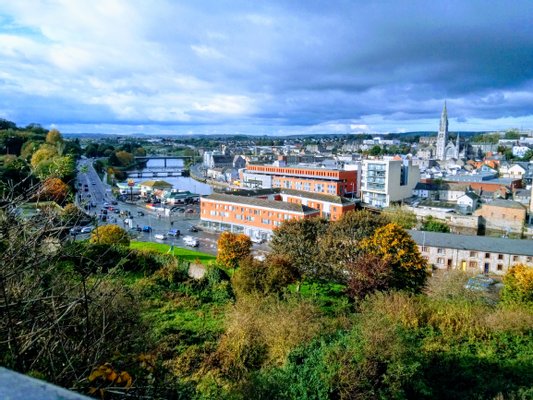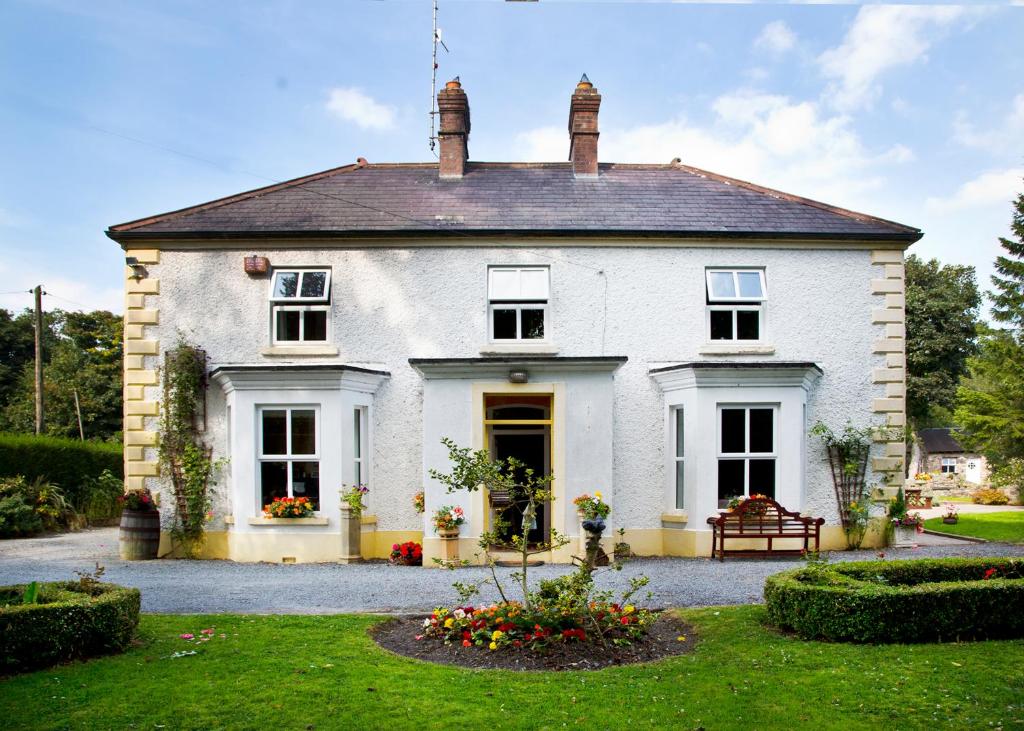Mentioned by Tripadvisor's Top Things to Do
Top things to do in Navan



"Northwest of Newgrange, the burial mound of Knowth was built around the same time. It has the greatest collection of passage-grave art ever uncovered in Western Europe. Early excavations cleared a passage leading to the central chamber, which at 34m, is much longer than the one at Newgrange. In 1968, a 40m passage was unearthed on the opposite side of the mound.Excavations continue, and were due to close the site from November 2017 to Easter 2018."

"In its Anglo-Norman prime, this abbey, 1.5km off the main Drogheda–Collon road (R168), was the Cistercians' first and most magnificent centre in Ireland. Highly evocative and well worth exploring, the ruins still reflect the site's former splendour.Mellifont's most recognisable building and one of the country's finest examples of Cistercian architecture is the 13th-century lavabo, the monks' octagonal washing room."

"A startling 80m in diameter and 13m high, Newgrange's white round stone walls, topped by a grass dome, look eerily futuristic. Underneath lies the finest Stone Age passage tomb in Ireland – one of the most remarkable prehistoric sites in Europe. Dating from around 3200 BC, it predates Egypt's pyramids by some six centuries.The tomb's precise alignment with the sun at the time of the winter solstice suggests it was also designed to act as a calendar."

"A 10km scenic drive through this forest park provides picturesque views over the surrounding hills. From the parking and picnic area at the top of the drive, you can hike to the summit of Slieve Gullion (576m), the highest point in County Armagh, topped by two early Bronze Age cairns and a tiny lake (1.5km round trip). Slieve Gullion is 10km southwest of Newry on the B113 road to Forkhill."

"A startling 80m in diameter and 13m high, Newgrange's white round stone walls, topped by a grass dome, look eerily futuristic. Underneath lies the finest Stone Age passage tomb in Ireland – one of the most remarkable prehistoric sites in Europe. Dating from around 3200 BC, it predates Egypt's pyramids by some six centuries.The tomb's precise alignment with the sun at the time of the winter solstice suggests it was also designed to act as a calendar."



"A startling 80m in diameter and 13m high, Newgrange's white round stone walls, topped by a grass dome, look eerily futuristic. Underneath lies the finest Stone Age passage tomb in Ireland – one of the most remarkable prehistoric sites in Europe. Dating from around 3200 BC, it predates Egypt's pyramids by some six centuries.The tomb's precise alignment with the sun at the time of the winter solstice suggests it was also designed to act as a calendar."

"In its Anglo-Norman prime, this abbey, 1.5km off the main Drogheda–Collon road (R168), was the Cistercians' first and most magnificent centre in Ireland. Highly evocative and well worth exploring, the ruins still reflect the site's former splendour.Mellifont's most recognisable building and one of the country's finest examples of Cistercian architecture is the 13th-century lavabo, the monks' octagonal washing room."

"Northwest of Newgrange, the burial mound of Knowth was built around the same time. It has the greatest collection of passage-grave art ever uncovered in Western Europe. Early excavations cleared a passage leading to the central chamber, which at 34m, is much longer than the one at Newgrange. In 1968, a 40m passage was unearthed on the opposite side of the mound.Excavations continue, and were due to close the site from November 2017 to Easter 2018."

"A startling 80m in diameter and 13m high, Newgrange's white round stone walls, topped by a grass dome, look eerily futuristic. Underneath lies the finest Stone Age passage tomb in Ireland – one of the most remarkable prehistoric sites in Europe. Dating from around 3200 BC, it predates Egypt's pyramids by some six centuries.The tomb's precise alignment with the sun at the time of the winter solstice suggests it was also designed to act as a calendar."


"Overlooking Drogheda, Millmount is an artificial hill that may have been a prehistoric burial ground like Newgrange, but has never been excavated.The Normans constructed a motte-and-bailey fort on top of this convenient command post overlooking the bridge. It was followed by a castle, which in turn was replaced by a Martello tower in 1808.A section of the army barracks is now used as the Millmount Museum. Exhibits include three wonderful late-18th-century guild banners."



















